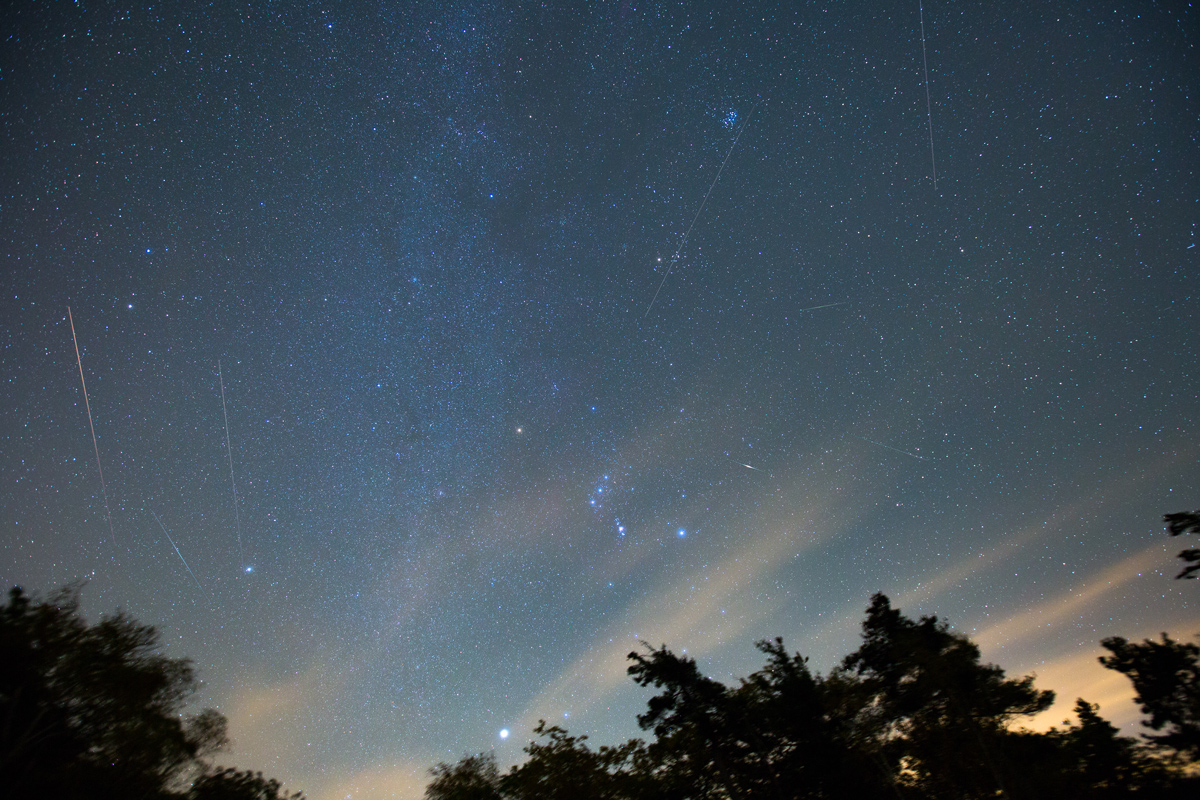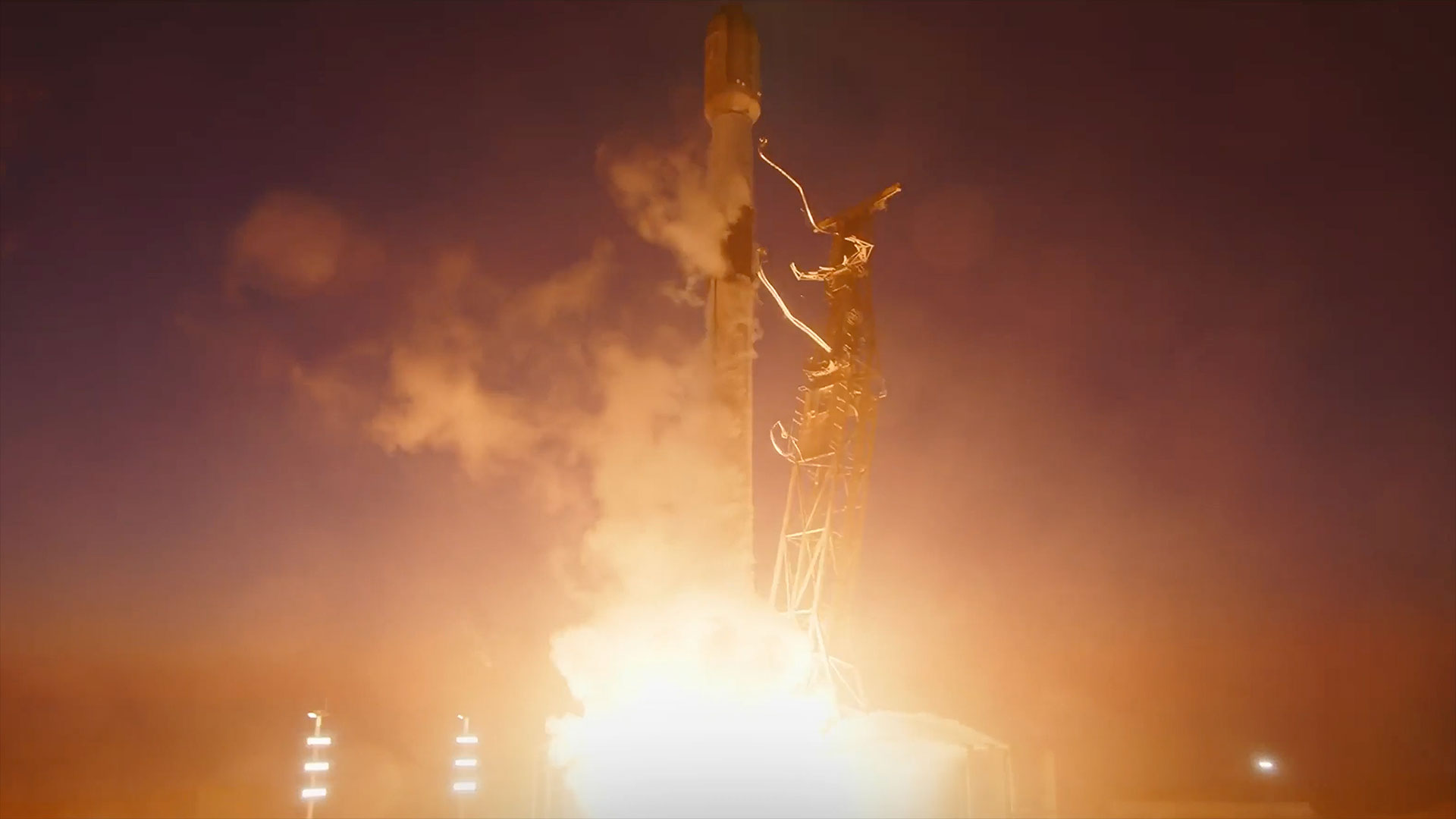The 2021 Orionid meteor shower peaks tonight! Here's what to expect.
The full moon may outshine the iconic meteor shower.

The annual Orionid meteor shower will reach its peak today (Oct. 20), but could have some competition with the full Hunter's Moon set to rise tonight, too.
The Orionid meteor shower — the second meteor shower of October, following the Draconid meteor shower on Oct. 8 — is expected to peak in the early morning, coinciding with the full moon, which will officially be full at 10:57 a.m. EDT (1457 GMT) today.
The Orionid meteor shower occurs in October and November each year, peaking around mid-October, when the Earth passes through a stream of dust from Comet 1P/Halley, also known as Halley's Comet. The Orionids are named after the constellation in which they appear to come from, which in this case is Orion the Hunter.
Related: The best meteor showers of 2021
While the Orion constellation is best visible in the Northern Hemisphere, the meteor shower can be seen from anywhere on Earth. During October, Orion is best visible around 2 a.m. local time, meaning that is the best chance skywatchers have to see the meteor shower on Oct. 20. However, if you missed the peak, the meteor shower will remain active through late October and into early November.
To get a good view of the Orionids, look just north of the constellation near Orion's sword. Skywatchers are also advised to look away from the constellation, rather than straight at the origin point, because the meteors leave trails behind that last for several seconds. Therefore, looking away from the constellation allows viewers to see those longer streaks of brightness.
The Orionid meteor shower is often regarded as one of the fastest and brightest, producing spectacular displays of up to 80 meteors an hour. However, the annual meteor shower has brought more modest displays of only 20 or 30 visible meteors per hour in recent years — and this year's may be even more lackluster with the conflicting full Hunter's Moon.
Get the Space.com Newsletter
Breaking space news, the latest updates on rocket launches, skywatching events and more!
While the bright light of the full moon may be unavoidable, stargazers are encouraged to find a viewing spot away from city lights, with little light pollution, for the best possible chance of seeing the meteor shower. Otherwise, no special equipment or skills are required — you'll just need to allow your eyes time to adjust to the darkness to ensure you don't miss any of the meteors that may pass overhead.
Editor's note: If you snap an amazing photo of an Orionid meteor or any other night-sky sight and you'd like to share it with Space.com for a story or image gallery, send images, comments and location information spacephotos@space.com.
Follow Samantha Mathewson @Sam_Ashley13. Follow us on Twitter @Spacedotcom and on Facebook.
Join our Space Forums to keep talking space on the latest missions, night sky and more! And if you have a news tip, correction or comment, let us know at: community@space.com.

Samantha Mathewson joined Space.com as an intern in the summer of 2016. She received a B.A. in Journalism and Environmental Science at the University of New Haven, in Connecticut. Previously, her work has been published in Nature World News. When not writing or reading about science, Samantha enjoys traveling to new places and taking photos! You can follow her on Twitter @Sam_Ashley13.
